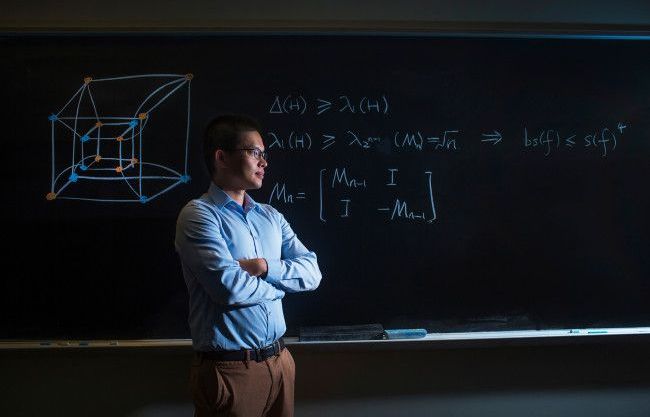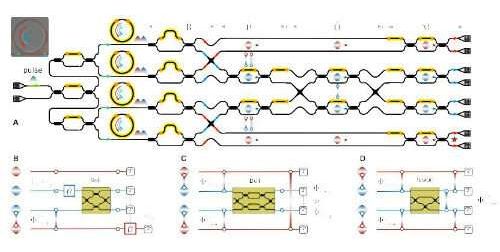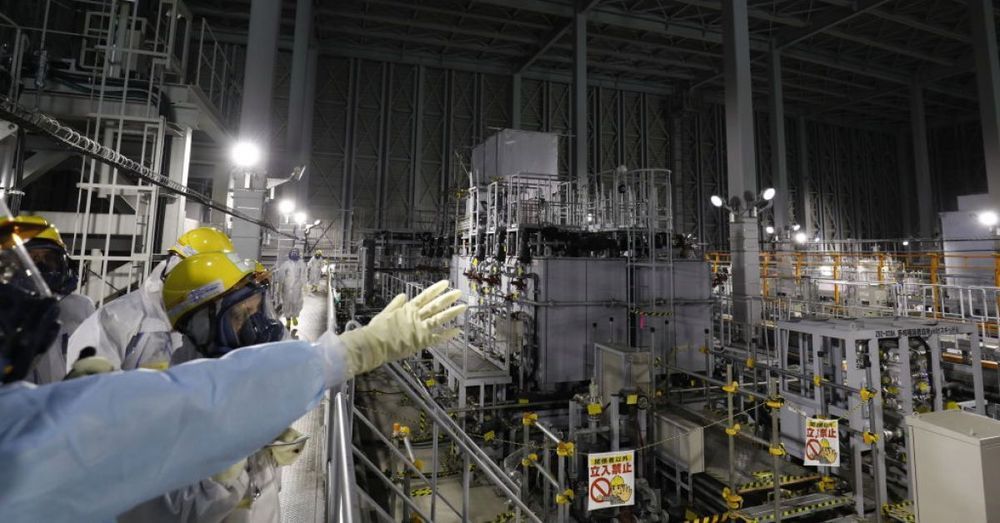#28 in our top science stories of 2019.




This article was originally published at The Conversation. The publication contributed the article to Space.com’s Expert Voices: Op-Ed & Insights.
Supriya Chakrabarti, Professor of Physics, University of Massachusetts Lowell
Perhaps you remember the opening scene of “Harry Potter and the Sorcerer’s Stone” that took place on Privet Drive. A bearded man pulled a mysterious device, called a deluminator, from his dark robe and one by one the lights from the street lamps flew into it.



The development of technologies which can process information based on the laws of quantum physics are predicted to have profound impacts on modern society.
For example, quantum computers may hold the key to solving problems that are too complex for today’s most powerful supercomputers, and a quantum internet could ultimately protect the worlds information from malicious attacks.
However, these technologies all rely on “quantum information,” which is typically encoded in single quantum particles that are extremely difficult to control and measure.

Astronauts may be far from home, but they still celebrate the holidays.
Residents of the International Space Station posted an incredible photo and video for the holidays, celebrating both Hanukkah and Christmas far above the world.
Astronaut Jessica Meir posted a stunning picture from the station’s cupola, the small, panoramic, ESA-built observatory module of the station. It allows for observation of activities like spacewalks and shuttle approaches, but also provides the perfect place to celebrate Hanukkah.



SpaceX is closing out the year with an achievement that should help it keep on track to fly astronauts on board one of its spacecraft next year. The Elon Musk-led space company finished its tenth consecutive successful parachute system test yesterday, an important safety system milestone that should be a good indication that the latest design is just about ready for use with astronauts on board.
The parachute system is what’s used to slow the descent of SpaceX’s Crew Dragon commercial astronaut spacecraft on its return trip to Earth, once it enters the atmosphere. The current design is the third major iteration of SpaceX’s parachute for Crew Dragon, featuring upgraded materials and improved stitching for the best possible reliability and durability during flight.
Yesterday the team completed the 10th successful multi-chute test in a row of Crew Dragon’s upgraded Mark 3 parachute design – one step closer to safely launching and landing @NASA astronauts pic.twitter.com/nfFjnKygB4